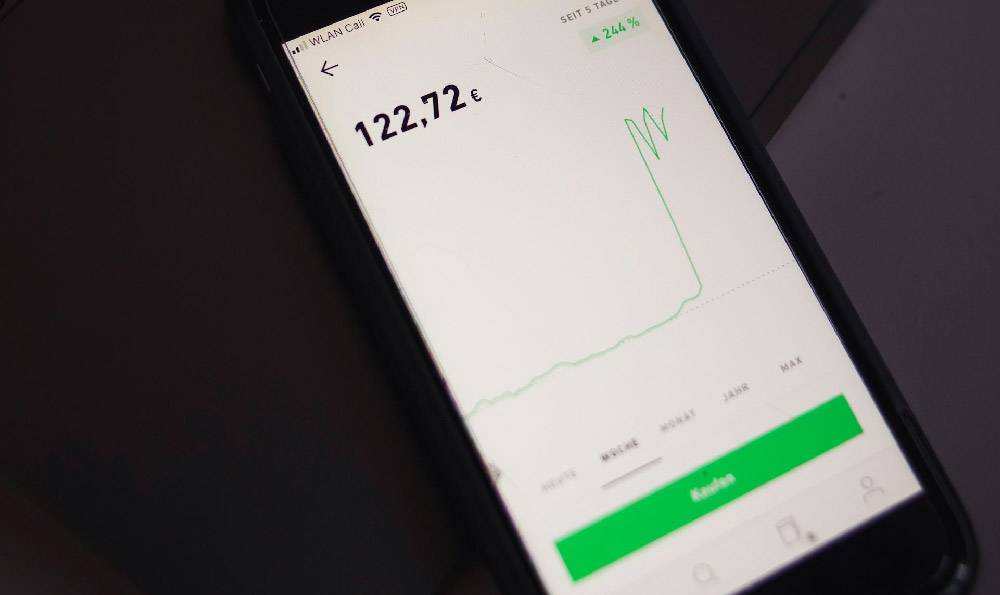Call options trading is a versatile financial instrument that allows investors to leverage market movements with strategic positioning. At its core, a call option grants the buyer the right, but not the obligation, to purchase an underlying asset at a predetermined strike price before a specified expiration date. This provides exposure to upward price trends while limiting downside risk through the premium paid. However, successfully navigating this market requires a nuanced understanding of both the mechanics and psychology of options trading. Unlike straightforward asset purchases, call options operate within a framework of probabilities and time decay, demanding careful analysis of market conditions, risk tolerance, and investment goals. The key lies in identifying the right strategies that align with an investor’s outlook while managing the inherent volatility of the market.
One of the most fundamental approaches is the long call strategy, where an investor buys a call option anticipating a rise in the underlying asset's price. This is typically employed when there is a strong conviction about the asset’s future performance, such as a company announcing favorable earnings or a sector experiencing positive fundamentals. The risk here is limited to the premium paid, as the investor can choose to let the option expire worthless or exercise it based on the asset’s movement. However, the breakeven point is calculated by adding the strike price to the premium cost, meaning the asset must surpass this level for the trade to become profitable. While this strategy is straightforward, it requires accurate timing of entry and exit points, as the time decay inherent in options can quickly erode profits if the asset does not move as expected. Investors must also evaluate the implied volatility of the underlying asset, as higher volatility can increase the premium but also the potential for price swings.
Another approach involves the covered call strategy, where an investor owns the underlying asset and simultaneously sells a call option on it. This is often used to generate additional income from existing investments, particularly in a sideways or slightly bullish market. The premium received from selling the call option provides a buffer against potential losses, but it also limits the upside potential if the asset's price rises above the strike price. This strategy is beneficial for those seeking to reduce risk while maintaining exposure, but it requires careful monitoring of the asset’s price movements and an assessment of the premium's value in relation to potential gains. The effectiveness of this approach depends on the investor's ability to balance income generation with capital preservation, as the trade-off between the two can vary significantly based on market conditions.

For more advanced investors, strategies like the calendar spread or diagonal spread offer opportunities to profit from changes in volatility and time decay. A calendar spread involves buying a call option with a longer expiration date and selling a call option with a shorter expiration date but the same strike price. This is particularly useful in periods of high volatility, where the investor can capitalize on the difference in time decay without committing to a directional bet on the asset’s price. Similarly, a diagonal spread combines different strike prices and expiration dates to create a more complex risk-reward profile, allowing investors to target specific market scenarios. These strategies demand a deeper understanding of the Greeks—delta, gamma, theta, and vega—as they influence the option's price sensitivity to various factors. The challenge lies in accurately predicting the asset’s price trajectory and the timing of volatility shifts, which can be highly unpredictable in practice.
Risk management is a critical component of any call options trading strategy. The time decay inherent in options means that the value of a call option will diminish as the expiration date approaches, regardless of the underlying asset's performance. This necessitates a clear understanding of the trade's time horizon and the need to adjust positions accordingly. Additionally, the leverage effect of options can amplify both gains and losses, requiring disciplined risk control measures such as setting stop-loss orders or diversifying across multiple assets. Investors must also consider the bid-ask spread and transaction costs, which can significantly impact profitability, especially in shorter-term trades. A holistic approach to risk management includes not only quantitative tools but also emotional discipline to avoid impulsive decisions based on market noise.
The effectiveness of call options strategies is not solely dependent on the technical analysis of the underlying asset but also on the broader market environment. In a bullish market, long call strategies can yield substantial returns, while in a volatile market, strategies like straddles or strangles that profit from price swings become more attractive. Conversely, in a stagnant or bearish market, covered calls or calendar spreads can help mitigate losses. Understanding the macroeconomic factors, such as interest rates, inflation, and geopolitical events, is essential in anticipating market shifts and adjusting strategies accordingly. For instance, rising interest rates may increase the cost of carry for equities, affecting the pricing of call options and requiring a recalibration of the investment approach.
Ultimately, call options trading is a dynamic field that requires continuous learning and adaptability. While the potential for profit is significant, the risks are equally substantial, necessitating a thorough understanding of the market's intricacies. Successful investors often treat options as a tool for capital preservation and growth rather than a standalone strategy. They combine fundamental analysis with technical indicators, employ diversified portfolios, and maintain a long-term perspective. By focusing on strategies that align with their investment goals and market outlook, while consistently monitoring and managing risks, investors can harness the power of call options to enhance their financial outcomes. However, it is crucial to recognize that no strategy is foolproof, and the key to consistent profitability lies in discipline, knowledge, and the ability to navigate the unpredictable nature of financial markets.












